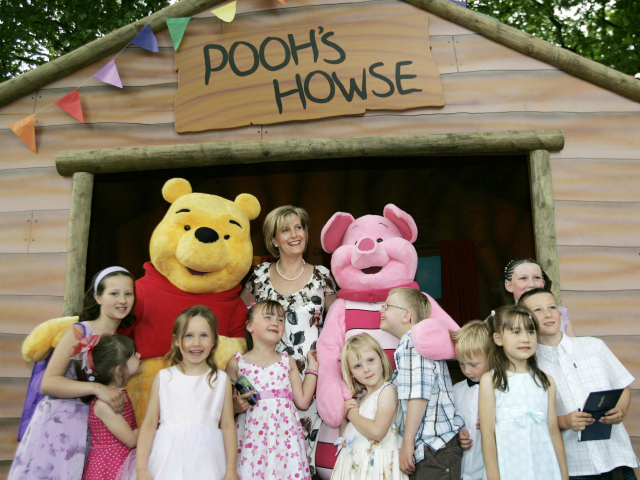Children’s books across every genre need to feature more black characters in central roles, according to a government-funded report on UK-published literature.
Highlighting figures showing almost a third (32.1 per cent) of primary school pupils in England are from a minority ethnic background, the Centre for Literacy in Primary Education (CLPE) said it was unacceptable that only 4 percent of books published for this age group in Britain last year featured non-white characters.
Noting that the figure dropped to 1 per cent for books in which the protagonist was from a black, Asian, or minority ethnic (BAME) background, researchers demanded authors place non-white characters in roles which are “central” to the narrative rather than “[featuring them only] in the margins”.
The CLPE stressed it was important that “BAME characters should exist across a range of genres” in the report, which found that 56 percent of books featuring non-white characters involved “contemporary realism” issues such as war, refugees, and racism, compared to just 9 percent classed as historical fiction.
In addition to calling for greater representation of ethnic minority characters, the report urged their inclusion “not as a tick box exercise but as a meaningful and accurate representation of the interconnected, diverse society within which our children are growing up”.
Such characters should not be “predominantly defined by their struggle, suffering or ‘otherness’”, researchers said, adding that stories should allow for cultural details “without reducing characterisations to derogatory stereotypes”.
Contending that minority groups are at heightened “risk of marginalisation” in “the current socio-political climate” — a claim often cited by leftist commentators displeased with Brexit and U.S. President Donald J Trump — the study blasted underrepresentation of ethnic minority characters as “tremendously damaging”.
“To redress imbalances in representation is not an act of charity but an act of necessity that benefits and enriches all of our realities,” alleged the report, which was funded by Arts Council England.
In December, The Guardian lamented that British publishing was “still hideously… white”, after a survey found white people accounted for 90 percent of employees working in the industry — a proportion not so dissimilar to that seen in the wider UK population, which was recorded at the last census in 2011 as 86 percent.
Achieving a workforce with demographics that accurately mirror British society does not appear to be the goal of the “diversity” drive pushed by activists and The Guardian, however, with the leftist newspaper quoting publishing leaders who — while admitting “publishers have been very proactive in trying to encourage [ethnic] diversity … in their companies” — proclaimed the industry has “not got true diversity” until the ratio of white people to non-white “is reduced to about 60/40”.
What is also made clear in the coverage about demands for “diversity” is that, despite claims that the campaign wants publishing to be “less homogenised”, there are no calls for change regarding the massive overrepresentation of women in the field, which stands at 85 percent.

COMMENTS
Please let us know if you're having issues with commenting.